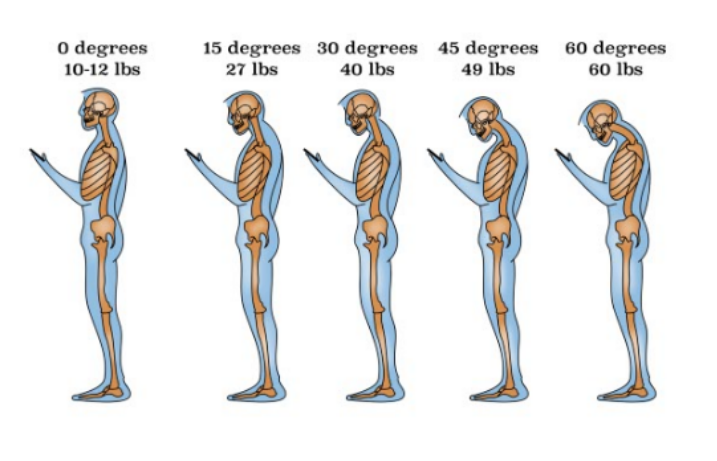Fuss-free Methods to Enhance Your Postural Wellbeing
Posted by Wei Fei on
Fuss-free Methods to Enhance Your Postural Wellbeing with Ergonomic Workstation
In a study published by American Posture Institute, five billion people suffer from chronic pain worldwide. Three million people suffer from pain every day.
Many professionals know that pain can be a major setback.

To put into perspective, pain costs between US$560bil to US$650bil annually in America alone, according to The American Academy of Pain Medicine.
While there are different types of pain, a common one which afflicts people relates to posture.
Postures in sitting, standing or walking, amongst others. Computer users are one of the most vulnerable groups.
Pain Arising from Poor Postures are Usually Chronic
And unfortunately, poor postural habits seep into our muscle and skeletal memories. When habits become entrenched into our lives, the bad ones become harder to unlearn. Some may also have to contend with irreversible postural issues.
There are, however, various ways which we can turn to for help. Some of these don’t cost any money. But most require constant mindfulness and commitment.
Sitting for prolong period has been well documented to cause great stress to our body.
For instance, in a book by Ian MacLeod, The Rules of Work: A Practical Engineering Guide To Ergonomics; sitting increases downward pressure to the base of our spine by 40% compared to standing.

Computer users are encouraged to switch periodically between Sitting and Standing when working in front of their computers whenever possible.
Performing simple exercises, such as stretching to release those pressures greatly helps in our overall wellness.

Another Free but Often Neglected Hack: Neutrality Postures
Such as the head and shoulders maintaining neutral positions. As the image below shows, head tilted by varying degrees contribute to different intensity of stress in the neck as downward pressures exert.
This is largely inevitable when we use mobile phones. But is commonly seen whether sitting or standing when looking at the computer screens.

A free (well almost) and commonly improvised method is by levelling up the monitors. Some placed bulky telephone books or boxes to prop up their screens.
This, however, can be a hassle, not to mention that it is getting harder to lay our hands on telephone books these days.
Moreover, this usually only helps in one postural context, like when one is sitting down.
If you want to stand up to work, you will usually need to tilt your head further forward, and look down at your computer screens, unless you stack on more layers of telephone books.
Monitor Arms come in handy in such scenarios. Their pivot design allows users to shift their attached screen in a 360-degree vertical direction.
Ergonomically designed worktables have also become a boon for many in their workspaces. The hydraulic lever of the worktables allows professionals to move their desks up and down to alternate between sitting and standing routines, both at work and at play.

Last but not least, incorporating exercise routines help greatly in our physical and mental wellbeing.
We want to stay away from medicines for pain, as much as we possibly can and constantly be in our optimum best whether in the office or at home.
#ergonomics #monitorarm #wellness #backpain

